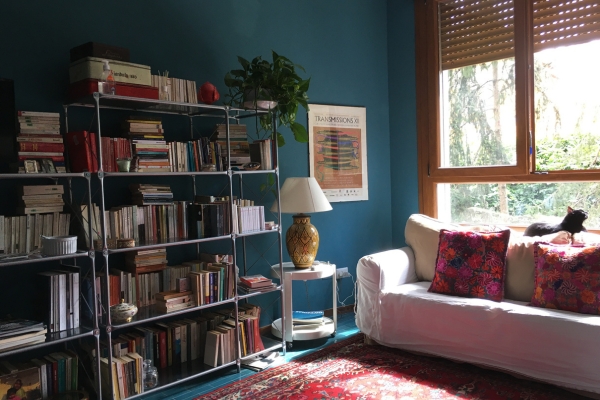Learning how to keep books in shelves efficiently is essential for maintaining an organized and visually appealing space. Properly arranging books not only enhances the aesthetic appeal of a room but also ensures easy access and preservation of the book themselves. Whether you have a personal library, a home office, or a simple bookshelf, employing effective organization techniques can make a significant difference in how functional and inviting your space feels. By understanding the principles of book organization, including sorting by size, genre, or color, and utilizing appropriate storage accessories, you can create a neat and orderly environment that encourages reading and complements your interior decor. This guide explores practical strategies for arranging book on shelves to maximize both usability and visual harmony.
How Should I Categorize My Books?
Organizing books on shelves is not just about neatness but also about efficiency in finding and enjoying your collection. The first step in maintaining an orderly shelf system is to categorize your books thoughtfully. By grouping book according to genres, such as fiction, non-fiction, or by subjects like history, science, or art, you create a logical system that aids both storage and retrieval. Within each category, further subdivision by author’s last name or by series can enhance organization, ensuring similar books are grouped together, making it easier to locate specific titles.
How Do I Ensure Easy Access To My Books?
Ensuring easy access to your books is equally crucial. Start by placing frequently accessed book at eye level and within arm’s reach. This makes them readily available for quick reference or casual browsing. Utilizing adjustable shelving allows for flexibility in accommodating book of different sizes and formats, preventing overcrowding and making it easier to maintain order. Additionally, labeling shelves or using cataloging software can provide a visual guide to where each book belongs, facilitating quicker returns after use. By regularly reviewing and rearranging your collection as it grows, you can maintain an efficient and enjoyable bookshelf that reflects your interests and promotes easy access to your entire library.
1. Categorization

Categorization is a fundamental step in organizing books on shelves, essential for both practicality and aesthetic appeal. By grouping book into categories such as fiction, non-fiction, biography, history, or by more specific genres like mystery, science fiction, or romance, you create a clear structure that aids in quickly locating desired titles. This systematic approach not only streamlines the shelving process but also enhances the visual organization of your book collection, making it easier to maintain and enjoy over time.
2. Alphabetical Order

Alphabetical order is a straightforward and effective method for arranging Display Books Without Shelves on shelves, ensuring easy access and organization. By sorting book alphabetically based on authors’ last names or titles, you establish a systematic approach that simplifies finding specific books. This method is particularly useful for libraries or personal collections with diverse subjects and authors, allowing users to locate book quickly without needing to remember exact locations or categories. Maintaining alphabetical order also supports a tidy and structured appearance, enhancing both the practicality and aesthetic appeal of your bookshelf.
3. Size And Type

Considering size and type when arranging books on shelves is essential for optimizing space and maintaining the integrity of your collection. By organizing book based on their dimensions and format—such as hardcover, paperback, or oversized editions—you can prevent overcrowding and ensure that shelves accommodate each book comfortably. This approach not only enhances the visual appeal of your shelf arrangement but also helps protect book from damage, such as bending or warping. Additionally, grouping book by size and type allows for efficient use of shelf space, creating a balanced and orderly display that reflects both functionality and care for your collection.
4. Aesthetic Arrangements

Arranging books on shelves goes beyond mere organization; it’s also about creating an aesthetically pleasing display that enhances your space. Aesthetic arrangements involve balancing colors, sizes, and textures to create visually appealing patterns or themes. Grouping book by color or alternating between vertical and horizontal stacking can add visual interest to your shelves.
5. Frequency Of Use

Considering the frequency of use is essential for practicality. Place frequently accessed books within easy reach at eye level, while less-used ones can be stored higher or lower. This ensures convenience while maintaining an orderly appearance.
6. Preservation

Preservation is crucial for maintaining the condition of your books. Keep them away from direct sunlight and fluctuating temperatures to prevent fading and damage. Use bookends or book supports to prevent leaning and maintain their shape. Dusting regularly and using book covers or sleeves can also protect against wear and tear.
Conclusion
Organizing books on shelves involves a thoughtful approach that combines aesthetics, practicality, and preservation. By categorizing, arranging aesthetically, considering frequency of use, and prioritizing preservation, you can create a well-ordered and visually appealing bookshelf that not only showcases your collection but also ensures its longevity and accessibility for years to come.
